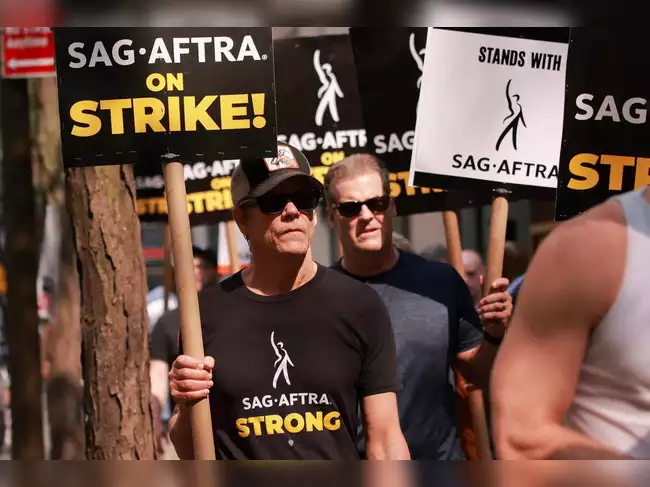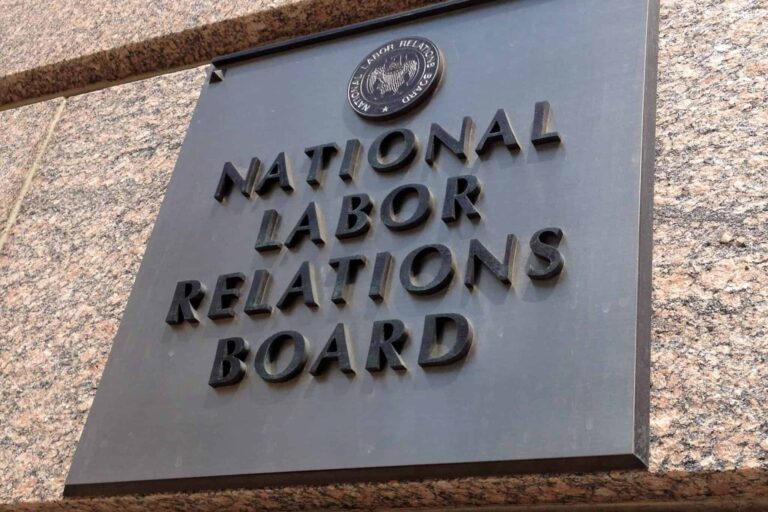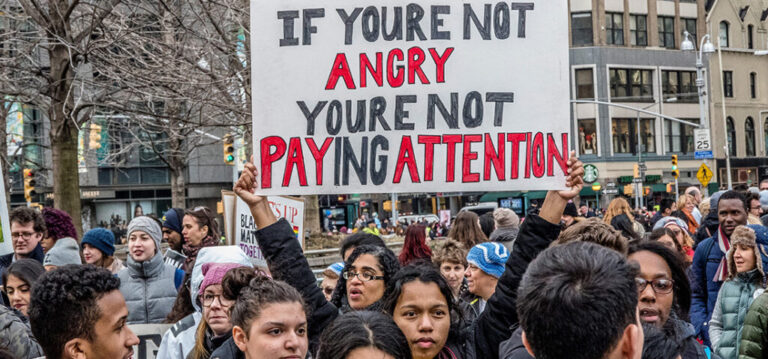Jake Rosenfeld is Associate Professor of Sociology at Washington University-St. Louis. He is the author of What Unions No Longer Do (Harvard University Press, 2014). For more on his work, see www.jakerosenfeld.net.
Recently the Times chronicled the devastation of the Democratic Party in Iowa, a former swing state that now has a Republican Governor, two Republican Senators, three Republican Representatives (out of four total), and an electorate that voted for Donald Trump decisively. Assessing his state’s transformation, Iowa’s former Democratic Governor Tom Vilsack noted that “Republican-leaning institutions like evangelical churches and the National Rifle Association had been far more effective at building coalitions than Democratic groups.” Of course, these organizations aren’t new, and yet Democrats were competitive throughout the state not all that long ago. What was the left’s answer to these right-leaning organizations? Organized labor. For all of their messiness and shortcomings, labor unions provided the forum, resources, and stability to shape workers’ political identities. They were anchoring institutions for the Democratic Party. As is well known, they have been decimated, especially in the private sector. Iowa’s membership rate fell by nearly half since the early-1980s.
One could swap in any number of states for Iowa and write a similar story. And one could swap in any number of stories since the 2016 election to arrive at the now-familiar conclusion: the Democratic Party faces a decisive disadvantage vis-à-vis Republicans when it comes to its strength at the local and state levels. Organizations like evangelical churches and the NRA don’t just reach out around Election Day and urge their members to vote. They play an ongoing role in their members’ lives by connecting them to others, engaging them throughout the year, and providing forums for members to participate meaningfully in activities and events, some political, many not. (Indeed, it probably helps that the majority of their contacts with members have nothing to do with politics). In so doing, they help imprint a political identity that proves durable – and reliable when Election Day does roll around.
For years, many elected Democrats treated unions as aging, embarrassing relatives, useful for help when in a bind but otherwise best to be ignored. Unions had acquired a stench of stubborn backwardness standing in the way of meaningful progress in policy areas ranging from education to trade. With an array of forces ravaging labor, the party offered little resistance. In some instances, Democratic lawmakers at various levels actually helped labor’s foes.
What didn’t seem to occur to these policymakers was the importance of the labor movement to the party’s fortunes. In a two-party system, the tents are necessarily large. Doubtless many Republicans and Republican Party officials oppose core policy prescriptions pushed by the NRA or the party’s Evangelical wing. Almost certainly these same Republicans would rally to these organization’s defenses when needed. Unlike on the left, Republicans seem to intuit the importance of holding the organizational base intact.
The Democratic establishment’s abandonment of organized labor represents one of the most bewildering strategic moves by a major political party in generations. Many have written of the economic consequences of labor’s decline. But the political consequences of the disassociation are far-reaching, ongoing, and grow direr every day as union memberships continue to disappear in formerly-Democratic strongholds. The move cannot be explained as a necessary, if painful, step to shed an outdated and unpopular set of organizations. Unions’ popularity have declined alongside memberships, yet still 60% of the American public supports them. The Democratic Party, meanwhile, is much less popular.
While the strategic distancing from labor remains a puzzle, the consequences for the party were entirely foreseeable. Without a set of durable, thriving, and local organizations interacting with citizens on an ongoing basis, political parties and their candidates can achieve only fleeting and thus unreliable relationships with potential voters. Many of the brightest minds in the party seemed to have convinced themselves that simply being on the right side of policies would produce durable majorities. This belief ignores a wide body of research emphasizing voter’s plastic policy opinions especially in our era of strong partisan attachments. Partisan attachments speak to political identities, and these identities are not created by bussing in college students to hand out flyers a few days before an election. Nor are they mechanically determined by a particular policy that may improve the lives of its beneficiaries. Organic, ongoing interactions are needed to create strong, long-term partisans.
Is union decline the sole reason for the Democratic Party’s current morass? Of course not. The concentration of Democratic voters in dense urban cores, the last round of redistricting that followed the Republican wave of 2010, and the effectiveness of various business-aligned GOP pressure groups such as American Legislative Exchange Council (ALEC) all combine to place the modern Democratic Party at a decisive structural disadvantage when it comes to winning a broad share of the electoral map. But lacking a set of organizations intimately connected to citizen’s political identities means that Democrats cannot even count on those who should constitute the party’s base to show up on Election Day. Much has been made of Trump’s inroads among white working class voters in rural locales, a consequence I would argue is tied as much to the decline of organized labor as to his particular message. Much less attention has gone to the astonishing fall in turnout among core Democratic constituencies. The steep drop-off in turnout in one Michigan County – Wayne – exceeded Trump’s margin of victory in the entire state by a factor of nearly seven.
Republicans and their business allies have now set their sights on public sector unions, and an upcoming Supreme Court case could make the entire public sector right-to-work. Reducing political participation among Democratic constituencies is a core goal of this strategy, as part of a broad effort “aiming to defang the Democratic Party’s strongest supporters,” in the words of Political Scientist Daniel Schlozman. Inexplicably, some Democrats have helped them along. Public sector union members are disproportionately female, non-white, and college-educated. In other words, they represent the Democratic base. Democrats can sit idly by as this process occurs, as many did during decades of frontal assaults on private sector unions. Some may even continue to aid labor’s opponents. But they should know that their own party’s fate hangs in the balance.









Daily News & Commentary
Start your day with our roundup of the latest labor developments. See all
April 23
Supreme Court hears cases about 10(j) injunctions and forced arbitration; workers increasingly strike before earning first union contract
April 22
DOL and EEOC beat the buzzer; Striking journalists get big NLRB news
April 21
Historic unionization at Volkswagen's Chattanooga plant; DOL cracks down on child labor; NY passes tax credit for journalists' salaries.
April 19
Alabama and Louisiana advance anti-worker legislation; Mercedes workers in Alabama set election date; VW Chattanooga election concludes today.
April 18
Disneyland performers file petition for unionization and union elections begin at Volkswagen plant in Tennessee.
April 18
In today’s Tech@Work, a regulation-of-algorithms-in-hiring blitz: Mass. AG issues advisory clarifying how state laws apply to AI decisionmaking tools; and British union TUC launches campaign for new law to regulate the use of AI at work.